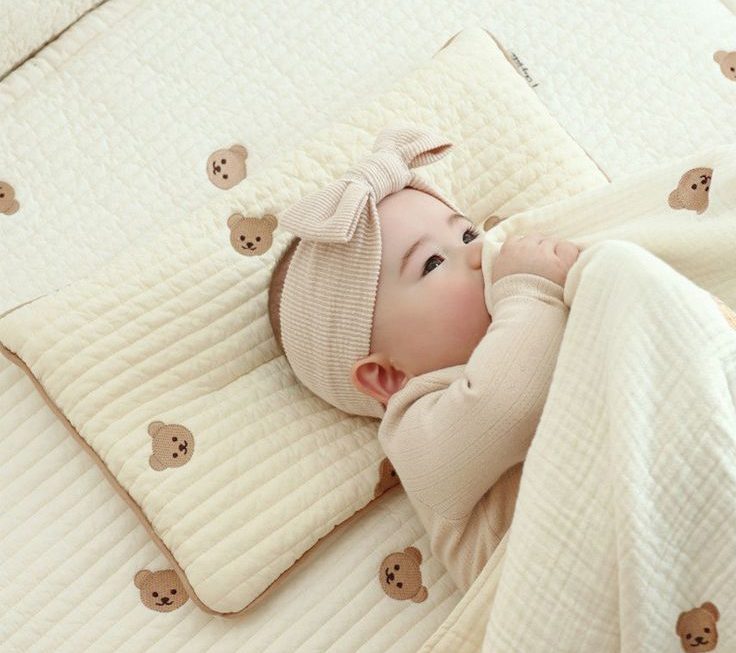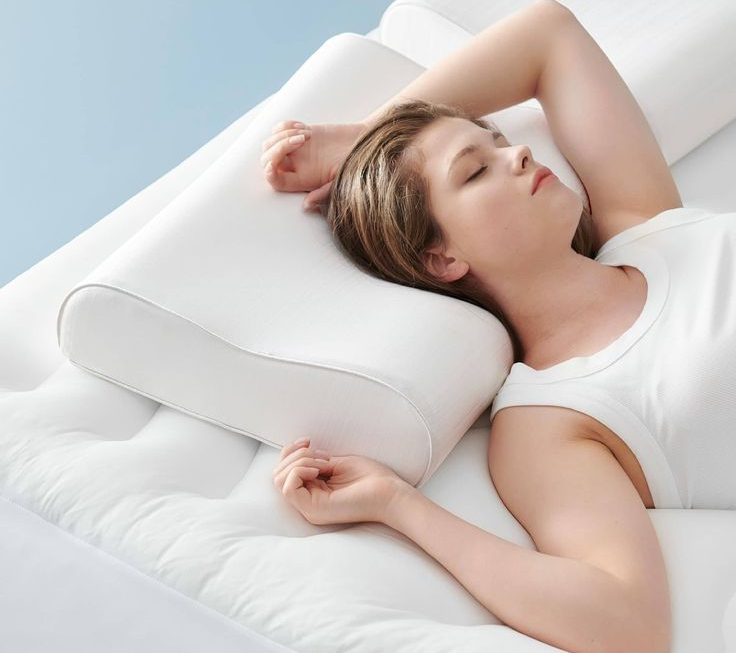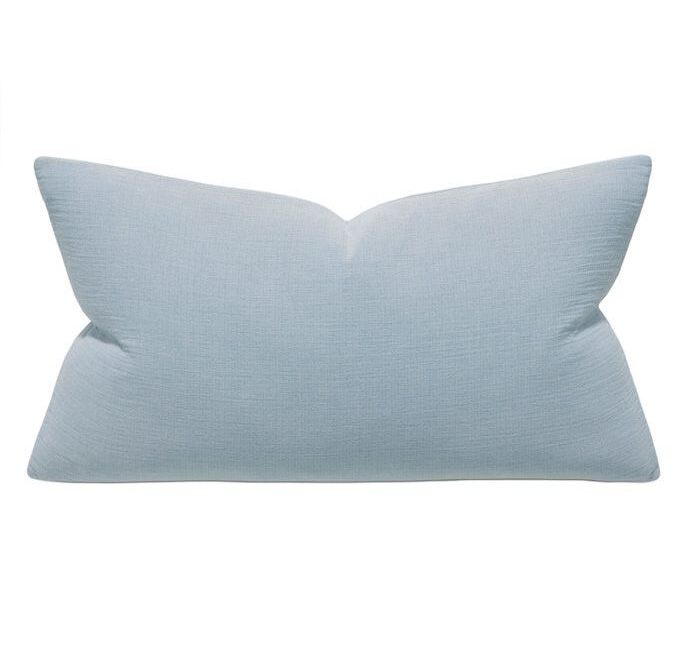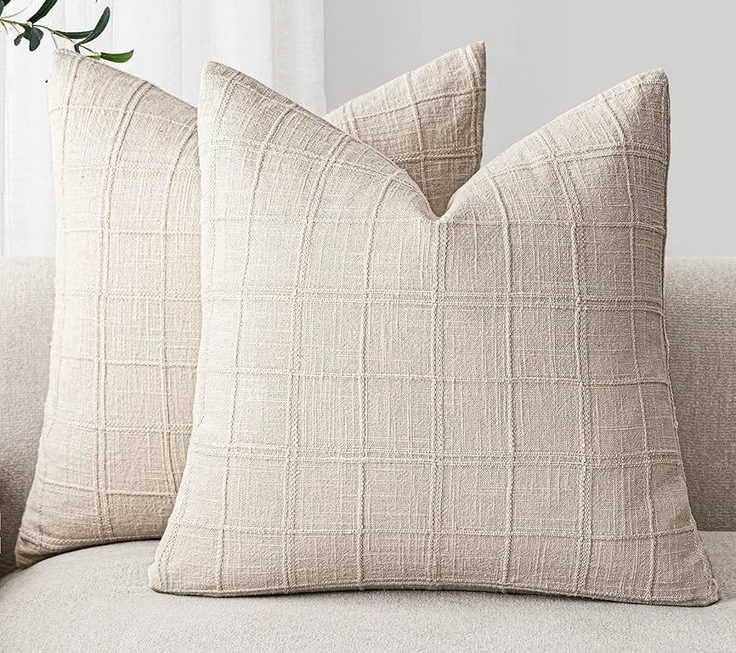When it comes to selecting the right baby pillow for your child, many parents find themselves overwhelmed with choices. With different shapes, materials, and purposes available on the market, it can be challenging to know which option is best for your little one. A baby pillow is not just another accessory; it plays a crucial role in ensuring your child’s comfort and supporting their development. This article will guide you through essential aspects to consider when choosing a baby pillow, ensuring your selection supports the health and happiness of your child.
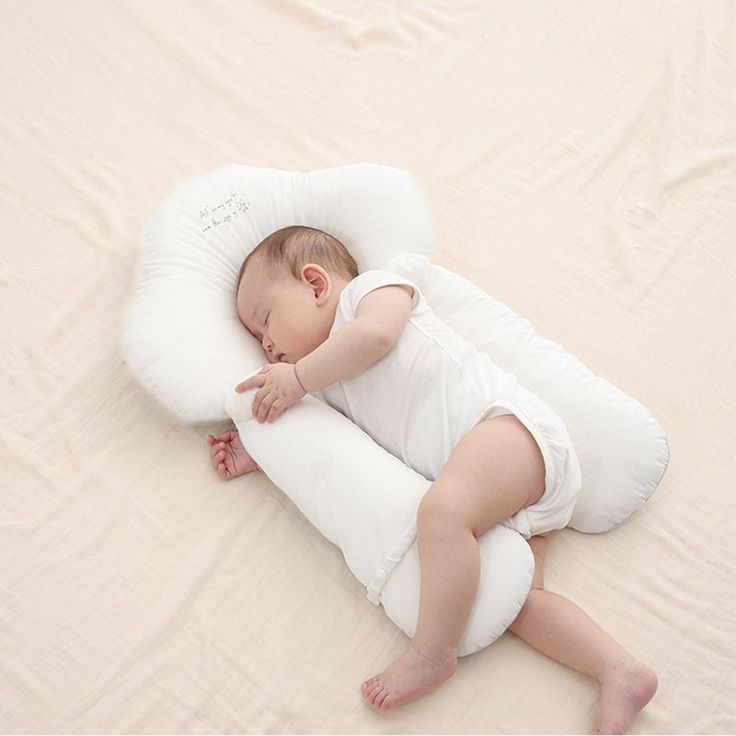
Understanding the Purpose of a Baby Pillow
Before diving into the specifics of selecting a baby pillow, it’s vital to understand why it is necessary for your child’s well-being. Here are several key points to consider:
- Support for Head and Neck: The primary purpose of a baby pillow is to provide crucial support to your child’s head and neck during sleep. This support aids in maintaining proper spinal alignment, which is essential as babies are growing and developing.
- Specialized Design: Unlike adult pillows that can be too soft or thick for infants, baby pillows are specifically designed to cradle and support a baby’s delicate head. This tailored design enhances comfort and promotes healthy sleep.
- Prevention of Flat Head Syndrome: Baby pillows can significantly reduce the risk of developing flat head syndrome, also known as positional plagiocephaly. This condition can occur if a baby spends too long lying on their back on a flat surface without adequate head support.
- Overall Well-Being: By ensuring proper head and neck alignment, a baby pillow can support your child’s overall health during those crucial early months, allowing them to sleep more comfortably and soundly.
- Comfort and Security: Lastly, a well-chosen baby pillow can provide a sense of comfort and security, important factors that contribute to a more restful sleep, ensuring your little one wakes up refreshed and happy.
Safety Considerations When Choosing a Pillow for Baby
Safety should always be a top concern when selecting a baby pillow, as babies are particularly vulnerable during their early stages of life. When choosing a pillow, always opt for designs that meet established safety standards. Look for pillows that have been tested and approved by pediatricians. These endorsements provide assurance that the product is safe for your child.
Breathability is another vital feature to consider. Choose a baby pillow made from breathable materials that help prevent overheating and allow for adequate airflow. A well-ventilated pillow minimizes the risk of your baby sweating or becoming uncomfortable during sleep, encouraging longer, more restful naps.
Moreover, the firmness of the pillow is critical. It should be firm enough to provide adequate support for your baby’s head and neck while also being soft enough to maintain comfort. This balance is essential for preventing any potential neck strain or discomfort during sleep.
Parents should also avoid using traditional adult pillows, as these can be dangerously soft and may obstruct a baby’s airway, leading to suffocation risks. Instead, opt for baby pillows that are specifically designed to meet safety requirements and are suitable for infants. This ensures peace of mind for parents while providing optimal comfort and support for their little ones.
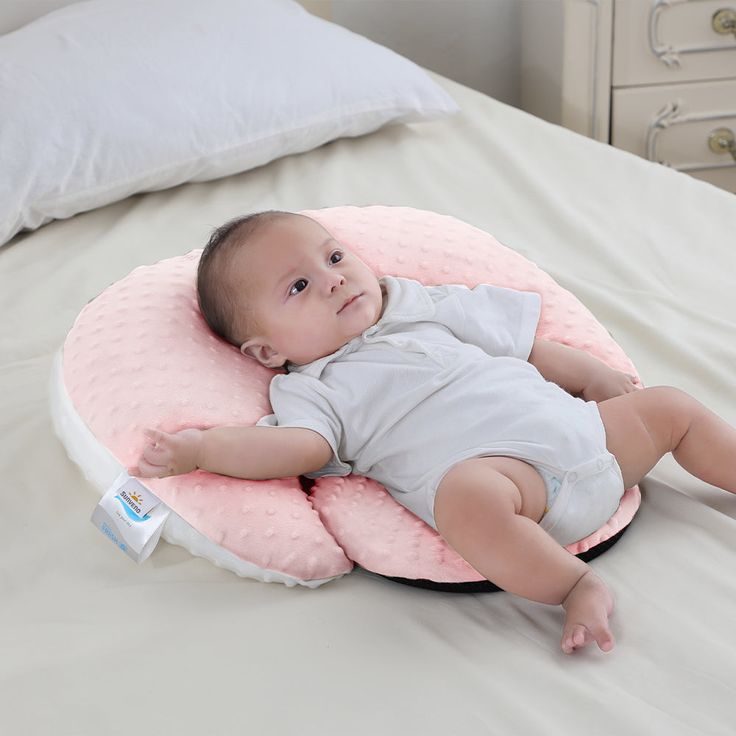
Selecting the Right Material for Pillow for Baby
The material used in your baby pillow is equally important as its design. When selecting the right pillow, consider the following key points about various materials:
- Cotton: Cotton is a popular choice due to its natural softness and breathability. It allows for good airflow, helping to keep your baby comfortable while sleeping. Additionally, cotton is usually hypoallergenic, making it suitable for babies with sensitive skin.
- Memory Foam: Memory foam is often recommended for baby pillows because it conforms to the baby’s head shape, providing excellent support and promoting proper alignment of the head and neck. This material is also good for pressure relief, ensuring your baby can sleep comfortably for longer periods.
- Organic Materials: For environmentally conscious parents, eco-friendly options made from organic materials are available. These pillows are free from harmful chemicals and pesticides, providing a safe sleeping environment for your child.
- Avoid Synthetic Materials: While some synthetic materials may be marketed as soft and comfortable, they can cause allergies or skin irritations in babies. Always opt for materials that are hypoallergenic and free from toxic substances to protect your baby’s sensitive skin.
By carefully choosing the right material, you can ensure that your baby pillow is not only comfortable but also safe for your little one’s delicate skin.
Size and Thickness: Finding the Right Fit
When selecting a baby pillow, paying attention to size and thickness is vital for your child’s comfort and safety.
- Optimal Thickness: A pillow that is approximately 2 inches thick is generally ideal. This thickness can provide necessary support without straining the neck.
- Potential Risks: Be cautious of pillows that are too thick, as they can lead to neck strain and disrupt your baby’s breathing. Conversely, if a pillow is too thin, it may not offer enough support, leading to discomfort during sleep.
- Consider Age and Position: Always take your baby’s age and sleeping position into account. A pillow that supports their natural spine alignment is crucial for promoting healthy postures as they develop.
- Growth Adaptations: As children grow, their needs for support will evolve. Regularly reassessing the pillow based on your child’s growth is essential for ensuring continued comfort and appropriate support.
By being mindful of these factors, you can select the perfect baby pillow for your little one.
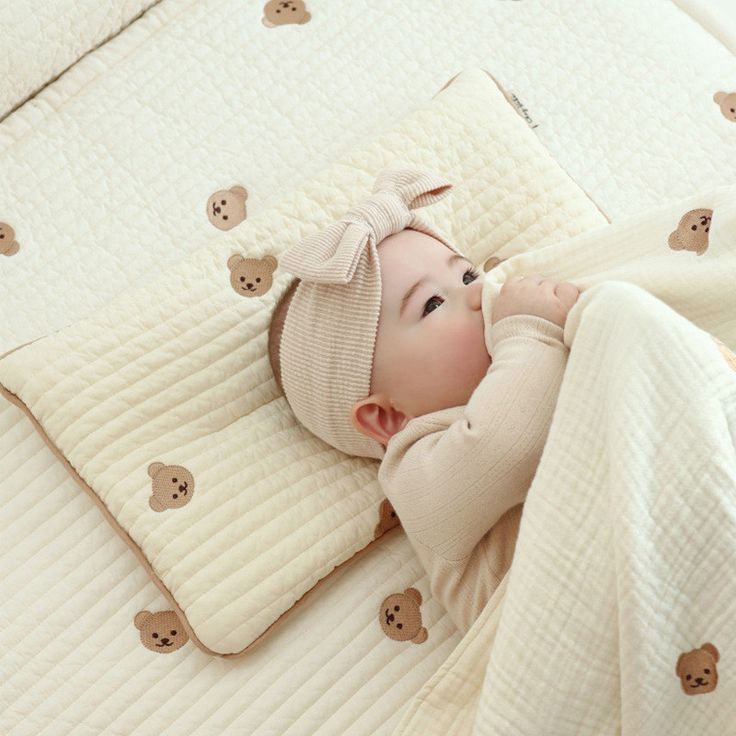
Different Types of Baby Pillows
There are various types of baby pillows, each designed for specific purposes and age groups. For newborns, a flat, firm baby pillow is recommended to support their delicate neck and head. As they grow, pillows with head support are ideal for keeping them aligned in a comfortable position. Some parents may opt for anti-roll pillows that help prevent babies from rolling onto their stomachs while sleeping. C-shaped or U-shaped pillows provide additional support during breastfeeding or bottle-feeding. Understanding these variations can help you select a baby pillow tailored to your child’s specific needs.
Maintenance and Care for Pillow for Baby
Once you’ve selected the perfect baby pillow, understanding how to clean your pillow is equally important for maintaining hygiene and functionality.
- Regular Cleaning: Due to babies’ tendencies to drool and experience spills, frequent cleaning is essential. Accumulated bacteria can lead to health concerns, so be proactive about hygiene.
- Removable Covers: Many baby pillows come with removable and washable covers, making it easy to keep the pillow fresh and clean. Always check the label for recommended washing methods to ensure longevity.
- Manufacturer’s Instructions: It’s vital to follow the manufacturer’s care instructions precisely. Improper cleaning techniques can damage the pillow material or affect its support.
- Routine Inspections: Regularly inspect the pillow for signs of wear and tear, such as fraying or lumps. These can compromise the pillow’s safety and effectiveness, so timely replacement is necessary if issues are found.
- Longevity and Support: Proper maintenance ensures cleanliness and helps prolong the life of your baby pillow. This provides ongoing support as your child grows.
By prioritizing care and maintenance, you can help ensure your baby’s pillow remains a safe and comfortable sleeping accessory.
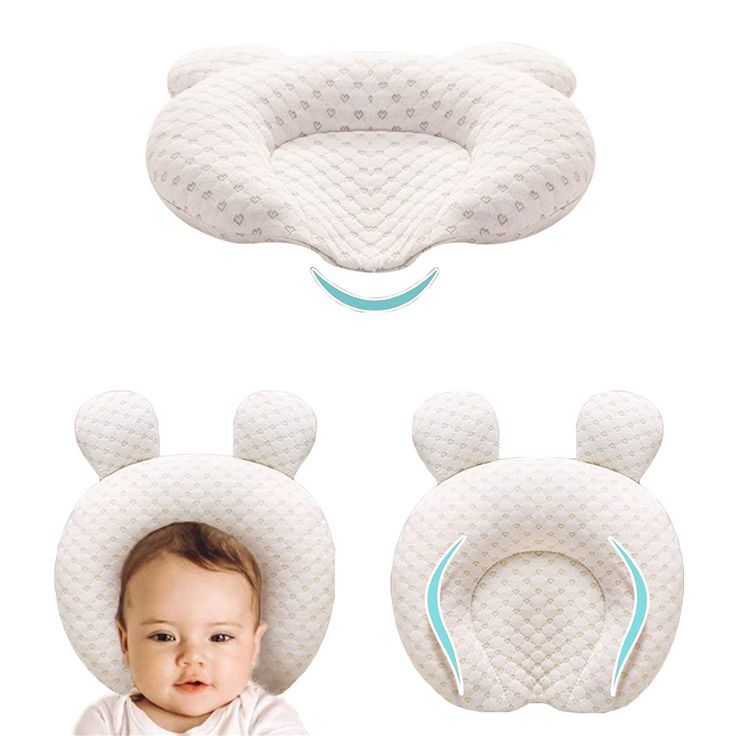
Signs That Indicate It’s Time to Replace Your Baby Pillow
As your child grows and develops, their needs may change, making it necessary to evaluate if their current pillow is still suitable. Signs that it may be time to replace your baby pillow include your child’s discomfort during sleep and difficulty in maintaining a proper sleeping position. Additionally, visible wear and tear on the pillow itself can indicate it’s time for a replacement. Regularly reviewing your child’s pillow will help ensure they are receiving the best support possible, adapted to their growing body. If you notice any issues, don’t hesitate to replace their baby pillow with a new one that better suits their developmental stage.
Expert Recommendations on Pillow for Baby
To provide your child with the best, consider getting recommendations from pediatricians or experienced parents. Experts often suggest starting with a simple, tightly woven, hypoallergenic cotton pillow when your baby reaches three to six months. They recommend avoiding any decorative pillows or those with added features like bolsters, as they can pose safety risks. Staying well-informed and following expert advice will help you make the most appropriate choice for your little one’s comfort and safety. Reading reviews and testimonials from other parents can provide valuable insights into the best baby pillows available. This feedback can guide you towards making a responsible purchase.
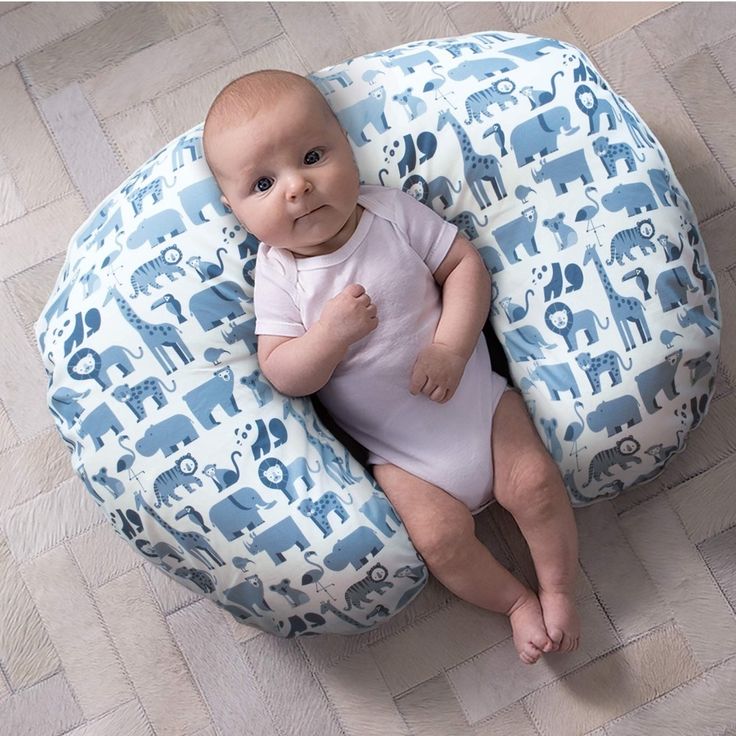
Conclusion
In conclusion, selecting the right baby pillow is crucial for fostering healthy sleep and development for your child. By considering safety, materials, size, and type, parents can ensure they choose a suitable pillow for their baby. This attention to detail helps provide the necessary support for their baby’s growing body. Regular maintenance and evaluation will help keep the pillow in excellent condition. Additionally, expert recommendations can further guide the selection process. A well-chosen baby pillow ensures that your child sleeps soundly and comfortably. This provides peace of mind for parents while nurturing a safe environment for your little one.
